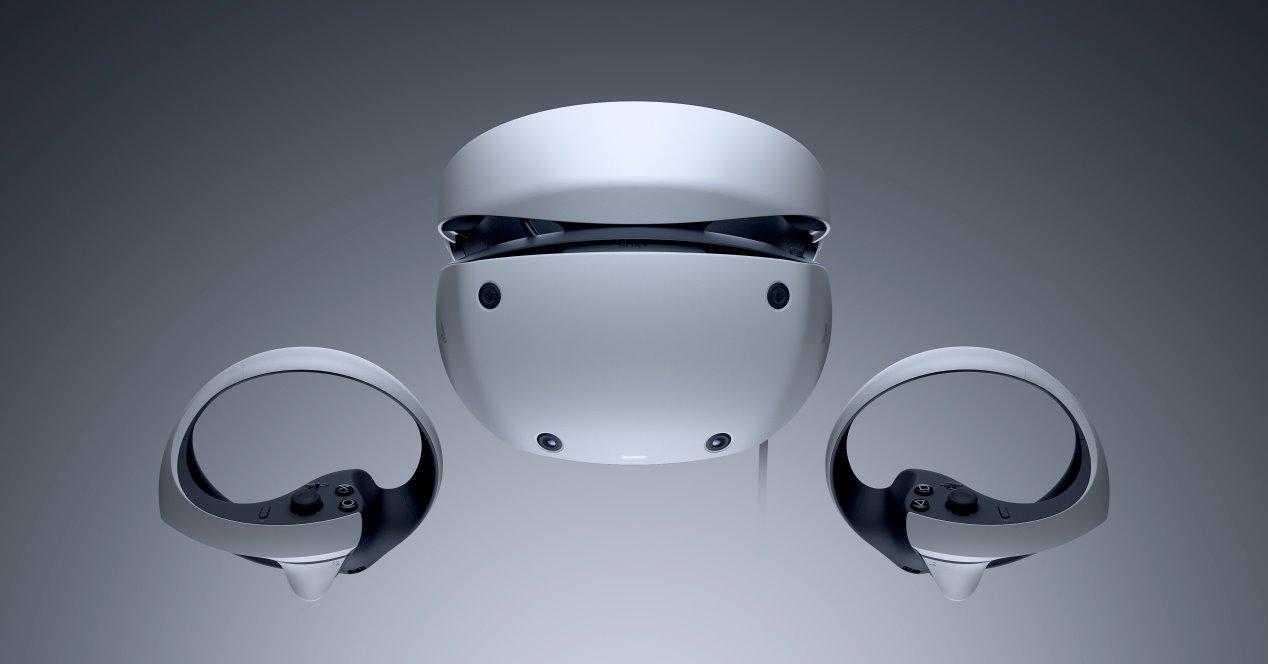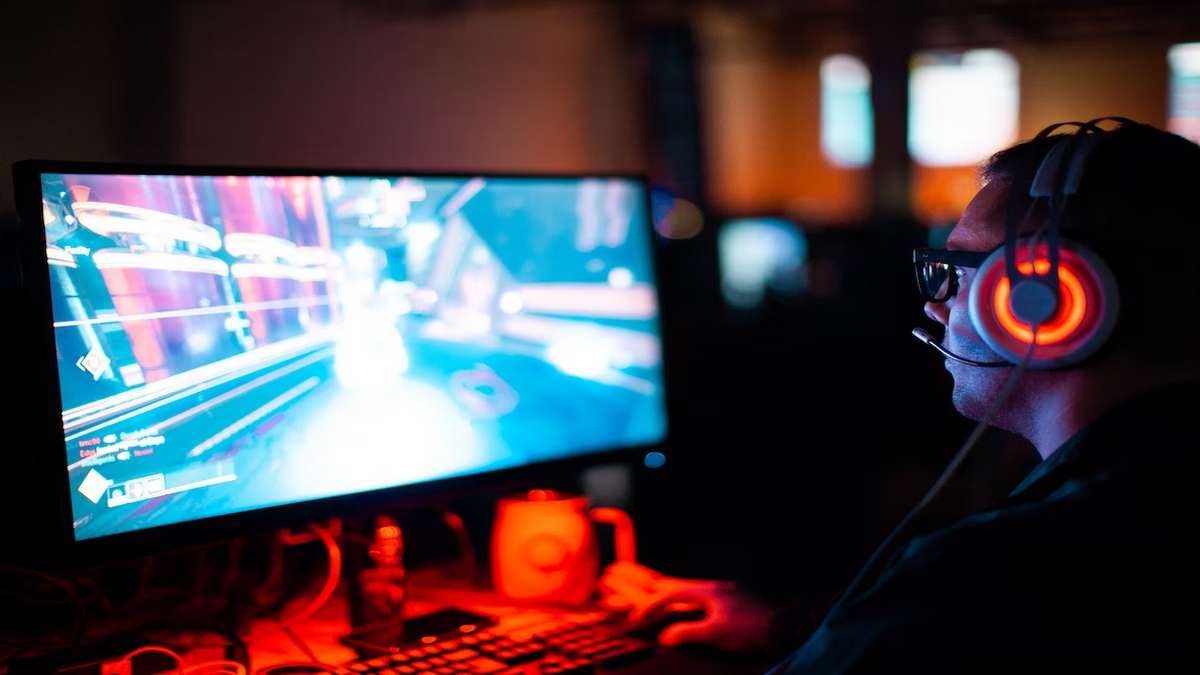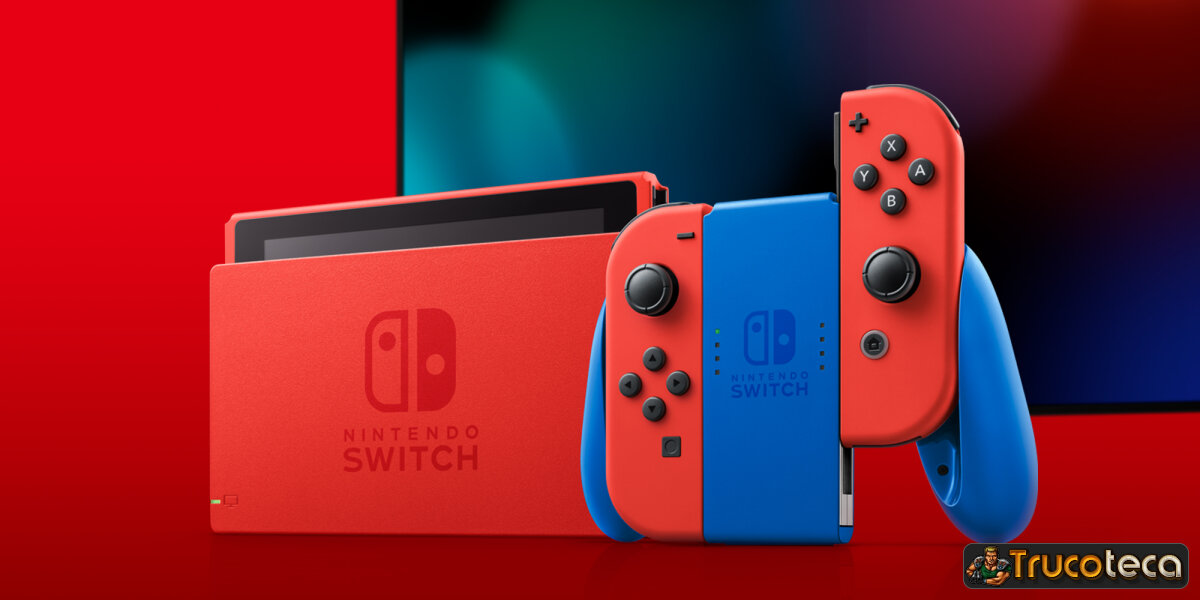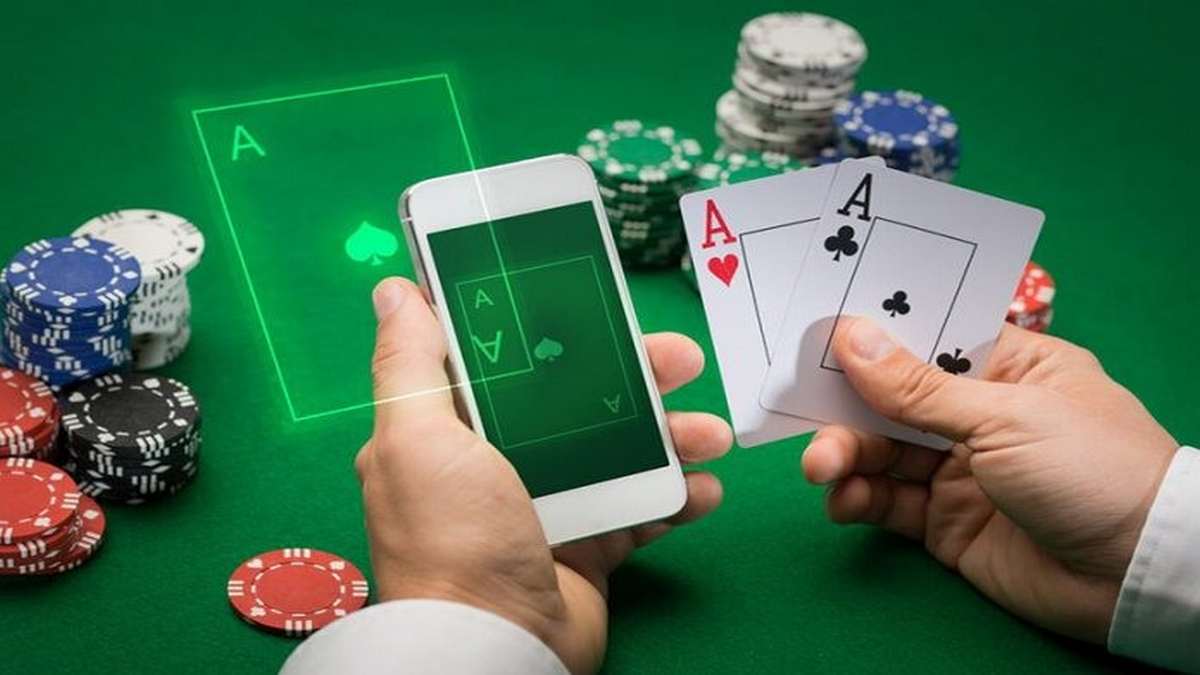
Virtual Reality (VR) technology is rapidly changing the landscape of education. By integrating VR into educational games, we are witnessing a transformation in the way children learn, engage with subjects, and develop critical skills. This article explores how VR is enhancing the educational experience for kids, offering an immersive, interactive, and effective approach to learning.
The Power of Immersion
One of the primary reasons VR is making a significant impact on education is its ability to provide a highly immersive experience. Unlike traditional educational methods that rely on textbooks and lectures, VR transports students to virtual worlds where they can interact with the subject matter. For children, this level of immersion with vr education makes learning more engaging and memorable.
Consider history lessons, for example. With VR, students can virtually visit historical landmarks, witness key events, and gain a deeper understanding of the past. This not only sparks their interest but also allows them to retain information more effectively. Learning becomes an adventure rather than a chore.
Interactive Learning
Another key benefit of using VR in educational games is the interactivity it offers. Kids learn best when they are actively engaged in the learning process, and VR makes this possible. Whether it’s solving complex math problems, exploring the human body, or conducting virtual science experiments, VR provides opportunities for hands-on learning.
Educational games in VR are designed to challenge students, encouraging them to think critically and problem-solve. By actively participating in their education, children develop a deeper understanding of the subjects they’re studying. This fosters a sense of achievement and confidence that can have a positive impact on their overall academic performance.
Personalized Learning
VR technology allows for a more personalized and adaptive approach to education. Educational games can be customized to suit the individual needs and learning styles of each child. This means that students who require more time to grasp a concept can take it at their own pace, while those who excel can be provided with advanced challenges.
Bridging Gaps in Education
Educational games in VR have the potential to bridge geographical and socioeconomic gaps in education. Not all students have equal access to high-quality educational resources, but VR can level the playing field. Through VR headsets and relatively affordable equipment, students from different backgrounds can access the same immersive learning experiences.
This technology is particularly beneficial for remote and underserved areas, where access to well-equipped schools and expert educators can be limited. With VR, children can explore the wonders of the universe, visit museums, or participate in language lessons, regardless of their physical location.
Fostering Collaboration and Communication
In addition to enhancing individual learning, VR educational games promote collaboration and communication among students. Many VR applications offer multiplayer experiences, where students can work together on projects or solve problems as a team.
Collaborative learning not only enhances academic performance but also helps children develop essential social and interpersonal skills. They learn how to communicate, share ideas, and respect the perspectives of others, all within a virtual environment that is both safe and stimulating.
Addressing Learning Disabilities
VR in education is a boon for children with learning disabilities. Traditional teaching methods may not always cater to the specific needs of these students. VR can provide a more engaging and supportive learning experience that adapts to their unique requirements.
For instance, a child with dyslexia may find it challenging to read traditional text, but VR can present information through auditory and visual means, making it more accessible. Children with attention deficit disorders may benefit from interactive lessons that maintain their focus and engagement.
Conclusion
The integration of VR in educational games is reshaping the way kids learn and interact with knowledge. As technology continues to advance, it’s essential for educators and policymakers to recognize the potential of VR in education and work toward making this transformative tool accessible to all students. In doing so, we can inspire a new generation of learners who are not only well-prepared for the challenges of the future but also excited about the process of learning itself.



